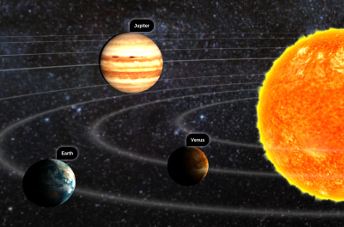MarkB
Legend
Not too difficult conceptually, but tricky to track on paper. You'd probably need some sort of specialised 3D software tool.I remember thinking about a way to make Traveller sectors 3-d. Hexes are ok for lateral movement. But as you think about taking the 8x10 grid of the Traveller sub-Sector, and then adding another 8 or 10 (or for fun, 9) layers on top of it, then wow.
Looking at Solomani Rim Sector book I have (Supplement 10 Little Black Book), on average in that sector, looks like 20-30 worlds per subsector. Let's go with 25 on average.
And a sector is 16 sub sectors, or 4x4 sub-sectors. So we are looking at a rectangular prism (cuboid? parallelipiped?) that is 32x40x36 hexes large. And 25 worlds per 80 hexes. So: 32x40x36/80x25=14,400 worlds. In one single 3d sector. And from one corner to the other would be hmmm, maybe 94 jumps? Anyway, 3d space is large.
(as an aside, if I was a coder, I'd love to have a web page where you start at a point in space, and then you define how dense the space is in that neighborhood, and as you travel with your mouse or keyboard keys (L, R, U, D, Back, Forward) the app build worlds for you, (or not) based on the Classic Traveller algorithm. And you could, if you wanted to, travel in any direction infinitely. And as you travel, the density of the space randomly changes, so you get rifts and clusters and mains.)
The galaxy map in the videogame Elite Dangerous is pretty good at this, as it literally simulates the entire Milky Way galaxy. But, even though human-colonised space is only a tiny fraction of that galaxy, it can still get very confusing trying to navigate even within that relatively small volume. It does a great job of showing just how massive the galaxy is, and how many star systems it contains.

